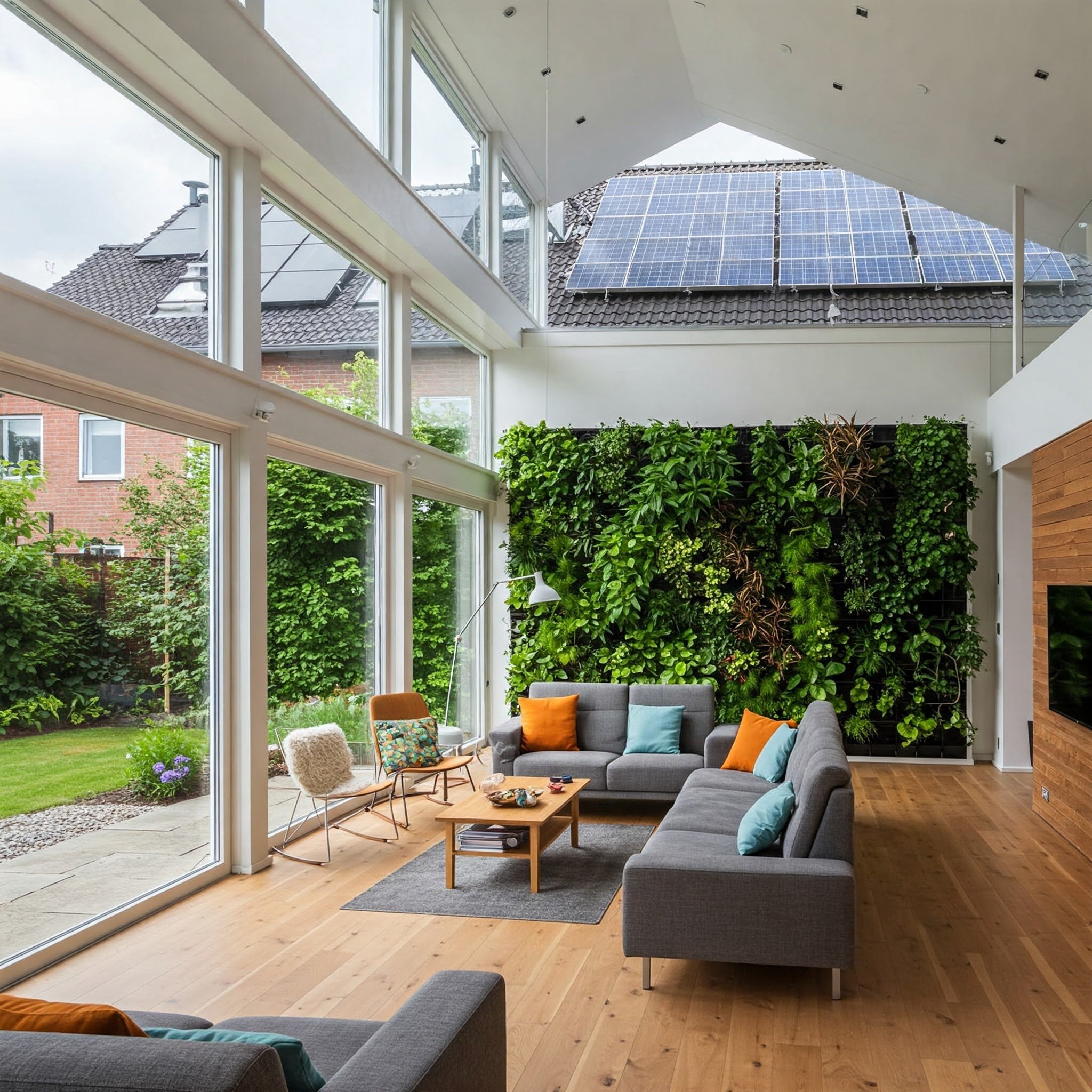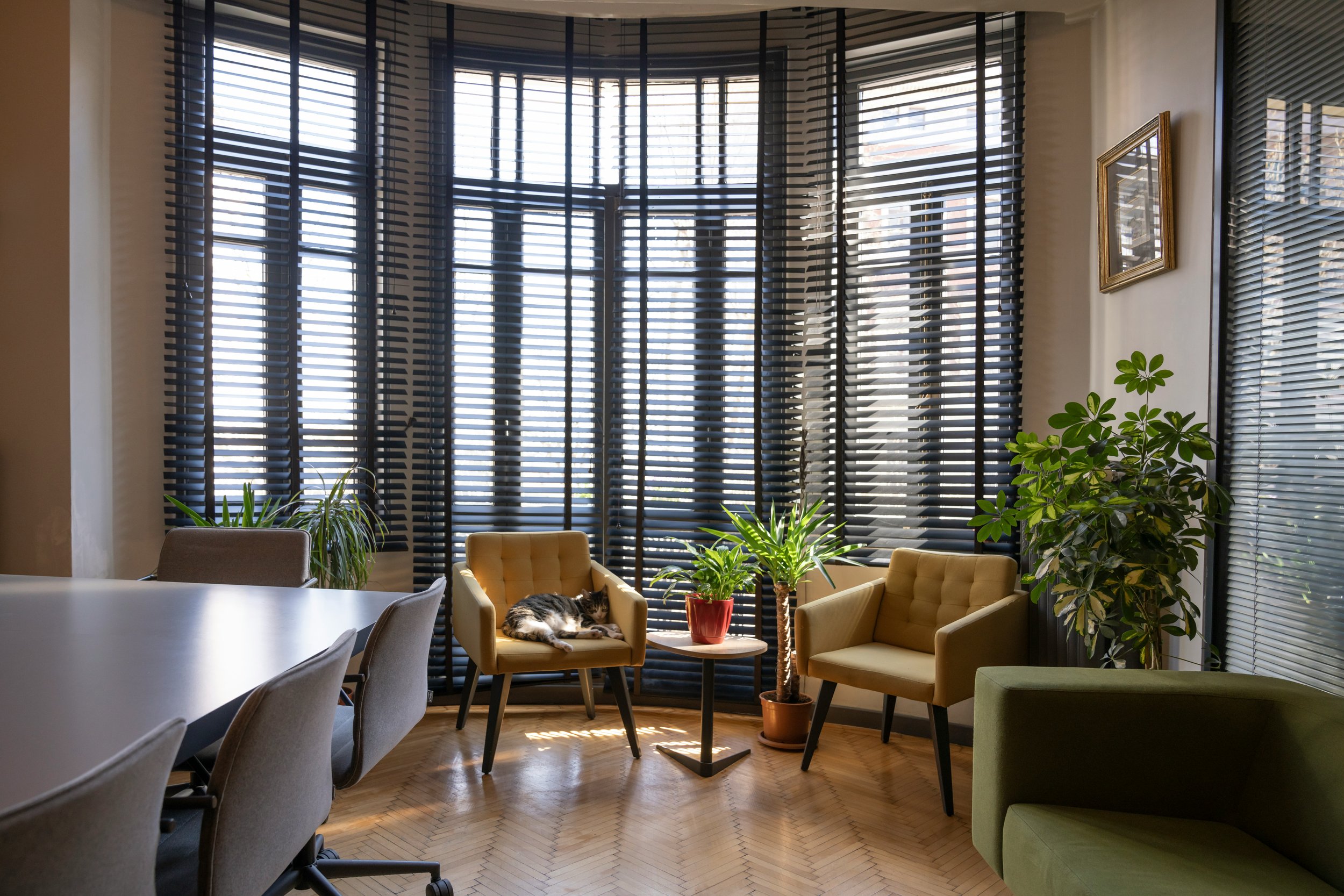The Rise of Eco-Dining: How to Build Sustainable Restaurants Without Sacrificing Style
Explore how to create stylish, sustainable restaurants with eco-friendly dining practices that support both the planet and your business.
Eco-dining is having a moment. Diners today aren’t just seeking a meal; they’re craving an experience that aligns with their values, from farm-to-table sourcing to interiors that whisper environmental responsibility without screaming asceticism.
Welcome to the rise of eco-dining: a movement where sustainability and style dine at the same table, proving you don’t have to sacrifice one for the other.
For restaurateurs and designers, this is an invitation to innovate—crafting natural design spaces that are as chic as they are conscientious. Here’s how to build a sustainable restaurant that turns heads and keeps the planet in mind.
Why Eco-Dining Is the Next Big Thing
People care more than ever about where their food comes from and how it’s served. Farm-to-table? Old news. Now it’s about the whole package—sustainable sourcing, energy-smart kitchens, and interiors that don’t trash the earth.
Millennials and Gen Z are driving this shift, with 70% of them favoring businesses that go green (per a 2023 study). For restaurant owners, it’s a win-win: lower costs long-term, loyal customers, and a chance to flex some serious design chops.
1. Materials: Build Green, Look Great
Your restaurant’s foundation sets the tone. Sustainable materials don’t mean boring—they’re the secret sauce to a standout space.
Reclaimed Wood: Snag some from old barns or factories. It’s got character—think weathered tabletops or accent walls that scream rustic-chic.
Bamboo: Fast-growing and renewable, it’s a flooring MVP. Polished up, it rivals hardwood without the guilt.
Cork: Yup, like wine corks. Soft, sound-absorbing, and available in cool textures—perfect for a cozy yet luxe feel.
Recycled Metal: Brushed steel stools or copper light fixtures add an industrial edge with zero waste vibes.
These picks cut your environmental footprint and make your spot feel unique. No cookie-cutter vibes here.
2. Lighting: Bright Ideas for Less Energy
Lighting’s a mood-maker, and eco-dining makes it smarter. Lighting sets the mood, and in eco-dining, it’s also a chance to shine sustainably. LED bulbs are the gold standard—energy-efficient, long-lasting, and versatile enough to cast everything from a soft golden glow to a crisp, modern beam. Cluster them in statement chandeliers made from recycled glass or upcycled materials—think vintage mason jars or repurposed wine bottles—for a centerpiece that’s both artistic and eco-friendly.
Natural light, however, is the unsung hero of sustainable design. Floor-to-ceiling windows or strategically placed skylights flood your space with daylight, cutting energy costs while creating an airy, inviting atmosphere.
Dress them with sheer linen curtains (organic, of course) to soften the look without blocking the sun’s benefits. The result? A dining room that feels alive and luxurious, all while keeping your utility bills—and environmental impact—low.
3. Furniture: Sustainable Seating That Slays
Furniture’s where style meets staying power. Here’s how to keep it green and gorgeous.
FSC-Certified Wood: Responsibly sourced, timeless designs—think mid-century chairs or Scandi tables.
Eco-Fabrics: Organic cotton, hemp, or recycled polyester for upholstery. Sage green or terracotta? Yes, please.
Local Artisans: Commission a bar counter or stools from nearby makers. Low emissions, high personality.
Durable, chic, and planet-friendly—your furniture can do it all.
4. Kitchen: Cook Smart, Waste Less
The kitchen’s the heart of eco-dining, and it’s where sustainability gets practical.
Energy-Smart Gear: Induction cooktops and convection ovens cut power use without slowing you down.
Water Savers: Low-flow faucets and efficient dishwashers keep H2O in check.
Compost Vibes: Turn scraps into soil, not landfill. Bonus points for a rooftop garden or herb wall.
Storage matters too. Modular shelving made from recycled materials keeps your pantry organized and adaptable, while compost systems turn food scraps into fertile soil instead of landfill fodder. Some restaurants even take it a step further, installing rooftop gardens or vertical herb walls that double as decor. Imagine a sprig of basil plucked fresh from the wall behind the bar—sustainability never tasted so good.
5. Decor: Details That Pop
No restaurant is complete without decor, and eco-dining offers a chance to get creative. Swap mass-produced art for pieces from local makers—think ceramic vases or woven wall hangings that add texture and soul. Live plants are a must: potted ferns or cascading ivy purify the air while softening the space, bringing the outdoors in. For a bolder statement, install a living wall—a lush, vertical garden that’s equal parts art and ecosystem.
Table settings can shine too. Ditch disposable napkins for linen ones, and opt for recycled glassware or stoneware plates in earthy tones. These small touches tie the design together, proving that sustainability extends beyond the big picture to the finest details.
It’s about storytelling—every piece says you care.
6. Guest Vibes: Make It an Experience
Your space is sustainable, but how do guests feel about it?
Be Real: A menu blurb about local sourcing or composting builds trust.
Staff Energy: Train them to share the story—why that table’s reclaimed, how the lights save power.
Layout Flow: Communal tables for connection, nooks for intimacy, acoustic panels (recycled, duh) for chill vibes.
It’s not just a meal—it’s a mood.
Tips to Get Started
Ready to dive in? Keep it simple:
Audit Your Space: Where can you swap in sustainable materials or tech?
Source Local: Materials, food, decor—closer means greener.
Start Small: LEDs or a compost bin can kick things off without breaking the bank.
Show It Off: Let guests know what’s up—subtle flexes go far.
If you’re in the area, partnering with a local contractor isn’t just convenient—they’ll understand regional building codes, supplier networks, and climate considerations that directly affect sustainable design choices. They’ll know how to turn your vision into a sustainable reality without the hassle.
And if you're planning a restaurant from the ground up, working with experts in hospitality construction in New York City can make all the difference. The city’s fast-paced, space-conscious, and regulation-heavy environment requires a contractor who knows how to balance ambition with feasibility. From navigating zoning laws and permitting to sourcing eco-friendly materials that hold up in high-traffic urban spaces, these professionals bring critical insight to the table.
Even more, New York City’s hospitality scene is highly competitive and design-forward—so your restaurant needs to do more than just function well; it needs to stand out. A skilled hospitality contractor will help you integrate green systems—like energy-efficient HVAC, low-flow plumbing, and reclaimed finishes—without compromising on style. They know how to deliver spaces that are both environmentally responsible and visually unforgettable.
The Big Picture
Building a sustainable restaurant might sound like a hefty investment, but it pays off. Energy-efficient systems lower operating costs, while eco-conscious diners—especially millennials and Gen Z—flock to brands that match their values.
A 2023 study found that 70% of consumers prefer businesses with green practices, and restaurants are no exception. Plus, with social media amplifying every design choice, a stylish, sustainable space becomes its own marketing tool.
The beauty of eco-dining lies in its duality: it’s a commitment to the planet and a celebration of creativity. You’re not just building a restaurant—you’re crafting a legacy. From the reclaimed wood bar to the herb-flecked walls, every element tells a story of style and stewardship. So go ahead, design that space where sustainability meets sophistication. The planet will thank you, and your guests will keep coming back for more.















